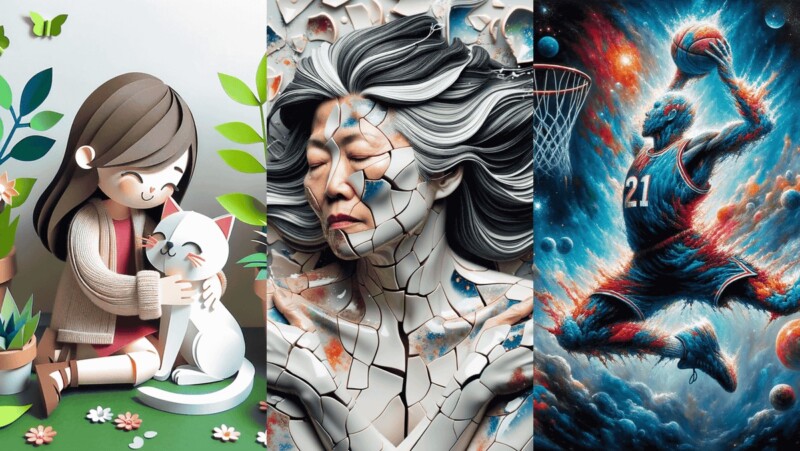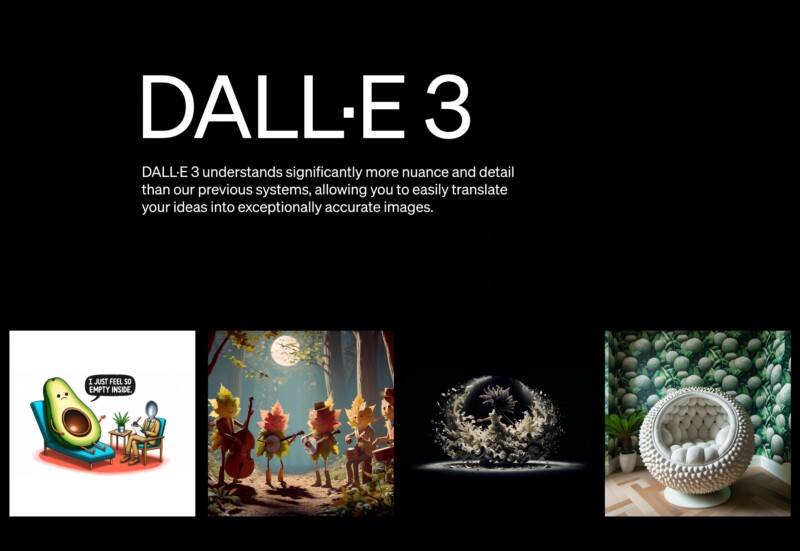DALL-E 3 is an AI program developed by OpenAI that generates images from textual descriptions. While it has been praised for its efficiency, imagination, and customization, some users have raised concerns about its inventiveness. In this article, we will explore the debate over DALL-E 3‘s inventiveness.
The Argument for DALL-E 3’s Inventiveness
Supporters of DALL-E 3 argue that the program is highly inventive and capable of generating a wide range of unique and creative images. They point to examples of businesses and individuals who have used DALL-E 3 to create visually stunning and imaginative images. For example, Copy.ai, an AI marketing tool, has integrated DALL-E 3 into its content creation process, allowing the company to experiment with different visual styles effortlessly
The Argument Against DALL-E 3’s Inventiveness

Critics of DALL-E 3 argue that the program is less inventive than its predecessors and tends towards more generic compositions. They point to examples of DALL-E 3-generated images that are similar to images generated by DALL-E 2 and other AI programs. They also note that DALL-E 3’s reliance on textual descriptions limits its inventiveness, as the program can only generate images based on the information provided in the text.
Some critics also argue that DALL-E 3’s inventiveness is limited by its training data. They note that the program’s neural network is trained on a large dataset of images and their corresponding textual descriptions, which may limit its ability to generate truly unique and creative images. They also point to the potential for bias in the training data, which could lead to unintended biases in the images generated by the program.
Conclusion
The debate over DALL-E 3’s inventiveness is ongoing, with supporters and critics on both sides of the argument. While some users have praised the program for its creativity and versatility, others have raised concerns about its reliance on textual descriptions and potential biases in its training data. Ultimately, the question of DALL-E 3’s inventiveness may be subjective, as different users may have different expectations and standards for what constitutes inventiveness in an AI program.










Add Comment